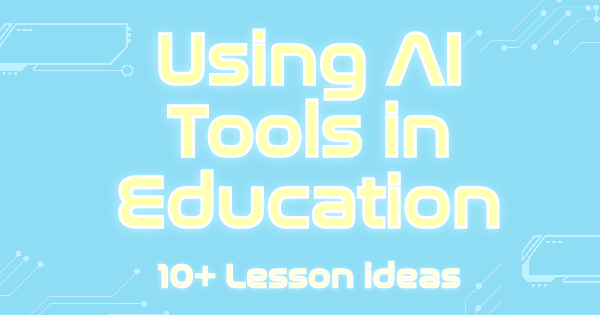10+ Ready-to-use Innovative Lesson Ideas Using AI Tools in Education
 Dimitri Bongers —
Dimitri Bongers —
Almost a year ago, ChatGPT was released to the public. For many educators, this was the first discovery of the concrete possibilities of artificial intelligence (AI). While in the beginning, there was some anxiety about this new technology and its impact on education (with some school districts even considering a ban), many teachers now embrace the possibilities of AI to prepare today’s students for the world of tomorrow.
And wow, since the release of ChatGPT, the development of AI has not stood still! New AI-based tools emerge every week, and it’s sometimes hard to keep up. This blog post presents 10+ AI-based applications and provides ready-to-use lesson ideas so you can start immediately with your students.
- 1. Diffit
- 2. HeyGen
- 3. Bing Chat
- 4. Brian
- 5. SciSpace
- 6. Summarize.tech
- 7. Dynamic (by Fal.ai)
- 8. Curipod
- 9. Canva
- 10. Podsqueeze
- 11. Supermeme
Disclaimer: As we explore innovative lesson ideas with AI tools, it’s important to acknowledge the evolving nature of artificial intelligence. While the presented tools offer valuable educational opportunities, it is essential to be mindful of their limitations and potential risks. Educators should exercise discretion in integrating AI into their lessons, considering factors such as data privacy, algorithm biases, and the evolving nature of AI technology. This blog post aims to inspire creative teaching approaches but encourages educators to approach AI integration with thoughtful consideration of its ethical implications and evolving landscape. (This disclaimer was written by ChatGPT.)
1. Diffit
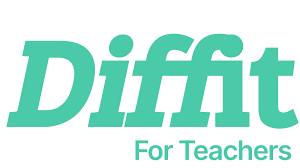
Diffit (Beta) is an AI-based tool designed to assist teachers in creating customized educational content for their students. Diffit asks teachers to enter a topic, term, or question or to start from a text or video. They also have to indicate the students’ language and approximate reading level. Diffit will generate different resources: an adapted Reading passage, a Summary, Key vocabulary words, Multiple-choice questions, Open-ended questions, and more.
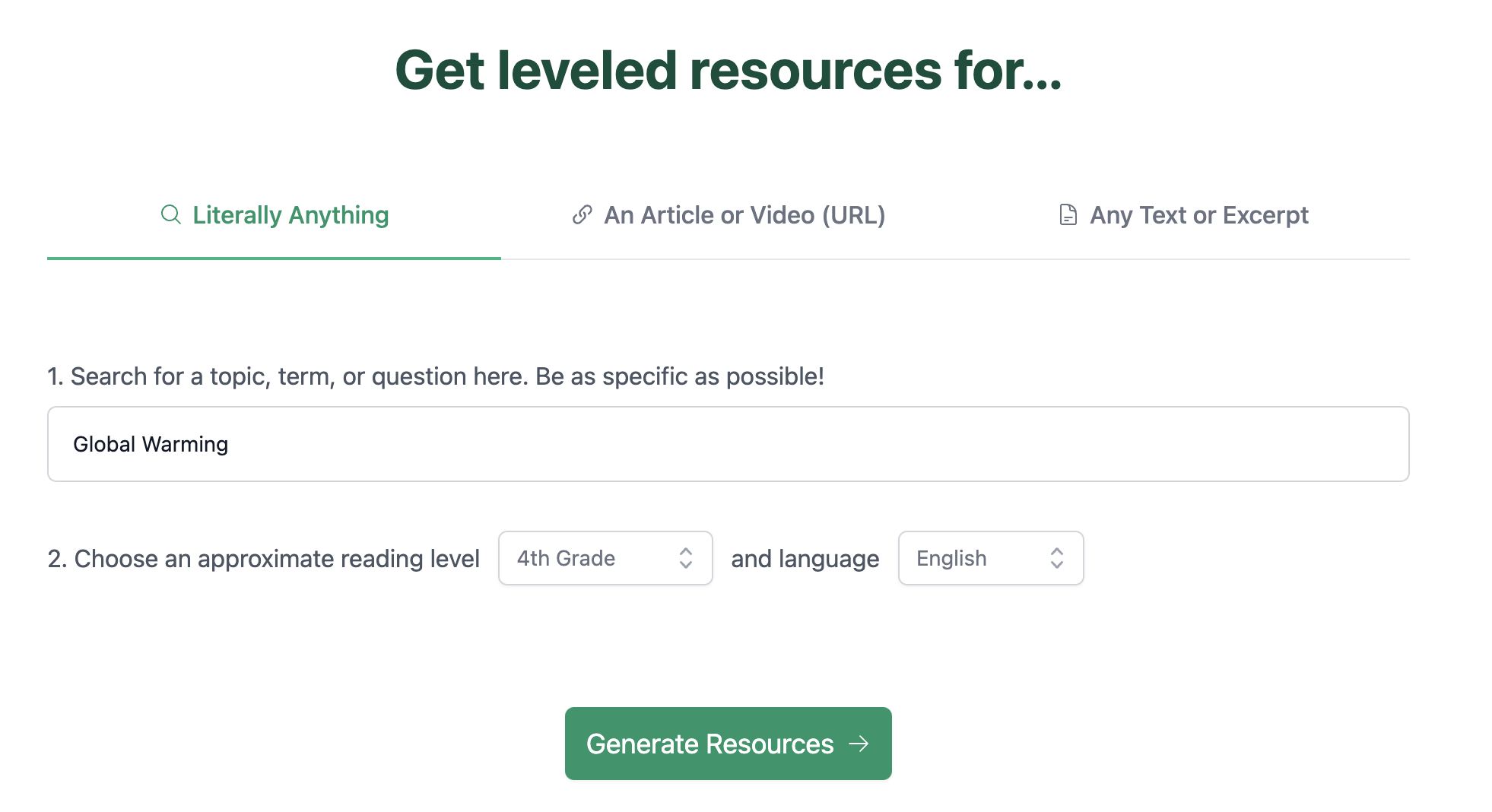
💡 Lesson ideas:
- Although Diffit is aimed at teachers who want to prepare lessons using AI, students could also use this tool when preparing a presentation or assignment.
- Have students create a word list for a particular topic or text and then compare it to Diffit’s AI-generated word list.
- Ask students to analyze the AI-generated texts critically. Especially when you have a niche topic, the text sometimes contains inaccuracies. You can for example generate a text about yourself (by entering your name as a search term) and check if the information is correct.
2. HeyGen
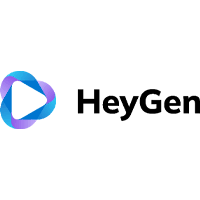
HeyGen is an AI-powered video creation platform that allows users to generate videos with AI-generated avatars and voices. It contains a library of over 100 avatars and 300+ voices in many languages. In addition, Heygen recently introduced a new feature that impressed us very much: you can upload a video and ask HeyGen to translate it. The translated video will use your voice and ensure your lips synchronize with the translated text! Below is a video I recorded in French, and had HeyGen translate it into English: judge for yourself.
💡 Lesson ideas:
- Have students record their own 30- to 60-second video in their native language and then ask them to translate its transcript (whether or not by using translation software) and re-record it in a foreign language. Then, ask them to do the same thing using HeyGen. Compare the two results. Have students also ask a native speaker to compare the two results.
- Have students think about the impact of such software. What are the possibilities? What are the dangers? How does this change their view on foreign language learning?
3. Bing chat

Bing Chat is an AI-powered chatbot developed by Microsoft that allows users to interact with Bing (Microsoft’s search engine) in a more natural and conversational way. You can ask Bing Chat to search the web, generate creative content, help with writing, and much more. Bing Chat basically works just like Chat GPT, but the big difference from the free Chat-GPT 3.5 is that Bing can also search the Internet for current information and always lists its sources, as you can see in the example below where we asked for information about the volcano that is about to erupt in Iceland.
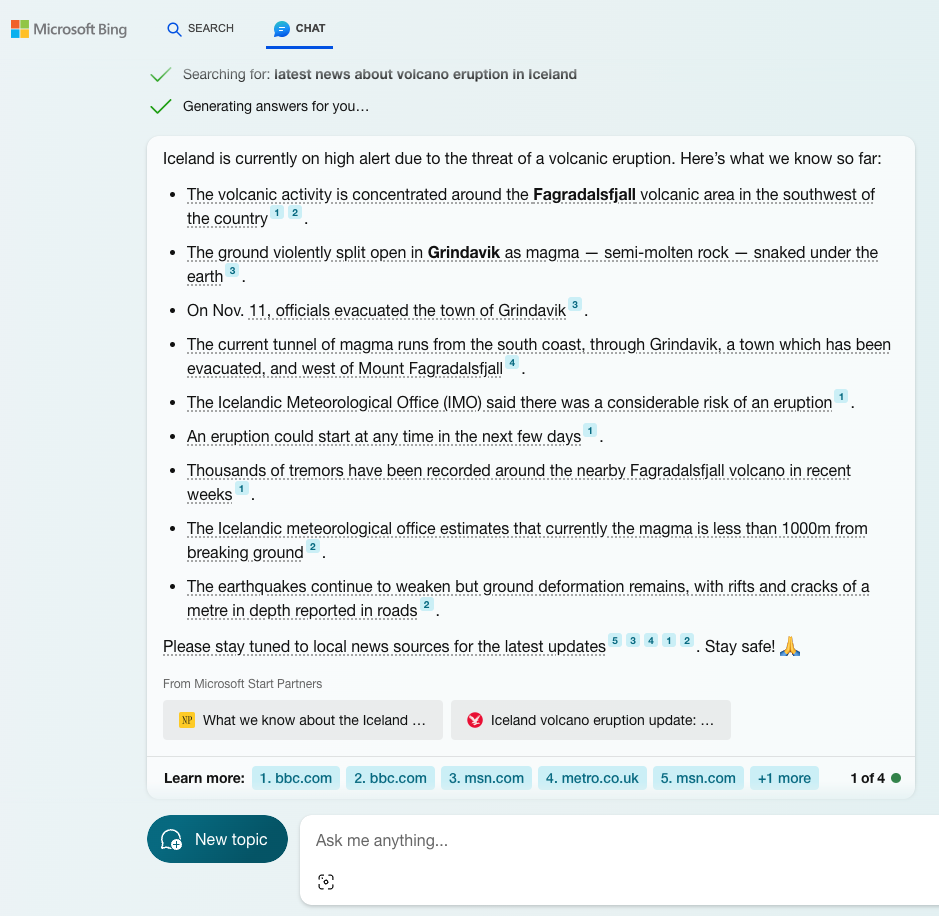
💡 Lesson ideas:
- Allow students to use Bing Chat for their next research project, provided they always check the sources carefully and do not simply copy-paste Bing-generated text, but use it as inspiration;
- Bing Chat can generate tables and csv files. This is great for comparing data or organizing a dataset (to then perform analysis on it);
- Bing Chat can help students learn a foreign language or improve their writing process.
4. Brian
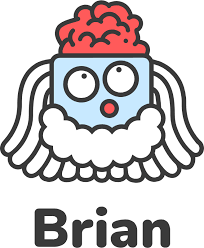
Brian allows educators to create complete courses with different modules. You can add topics in each module, starting from your glossary or a text. Brian then generates interactive learning material. Students with access to your course can practice the material, and the educator sees the students’ results in a learning analytics dashboard. This valuable information allows the educator to adjust his teaching method. Students can also chat with each other in a forum about the learning material, which also makes Brian a very socially interactive tool.
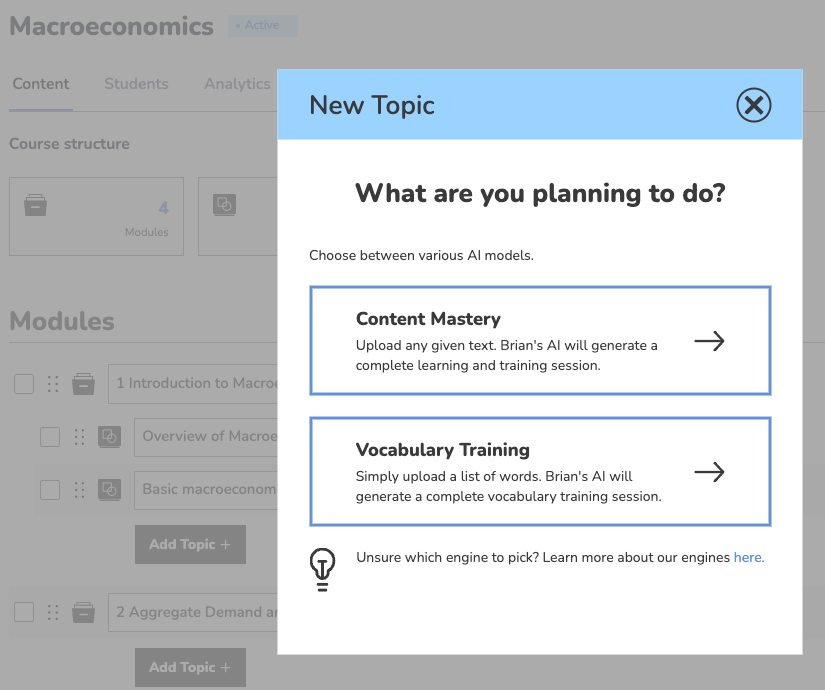
💡 Lesson idea:
- As a teacher, you can use Brian during your class or offer it to your students as a tool for them to process the lesson content at home. Students open the lesson on their smartphone via Brian’s app, and after studying the theory, they take a quiz. As a teacher, you receive the results in a learning analytics dashboard.
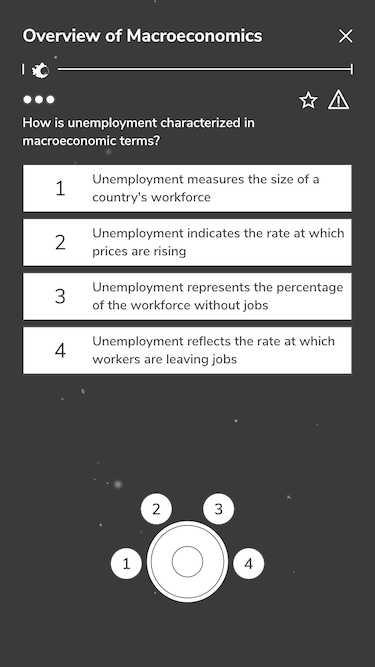
5. SciSpace

SciSpace can help teachers and students understand research papers better. It can explain and elaborate most academic texts in simple words. If you want to analyze and compare some academic publications on a particular topic, just enter the topic in the search bar. You then get a selection of papers presented in a table. The cool thing about this table is that you can add the columns you want: Insights from the study, TL;DR (giving a summary), Methods used, Results, Conclusions, Limitations, and more. All these columns are filled in automatically with the information from the papers, making it very easy to compare them.
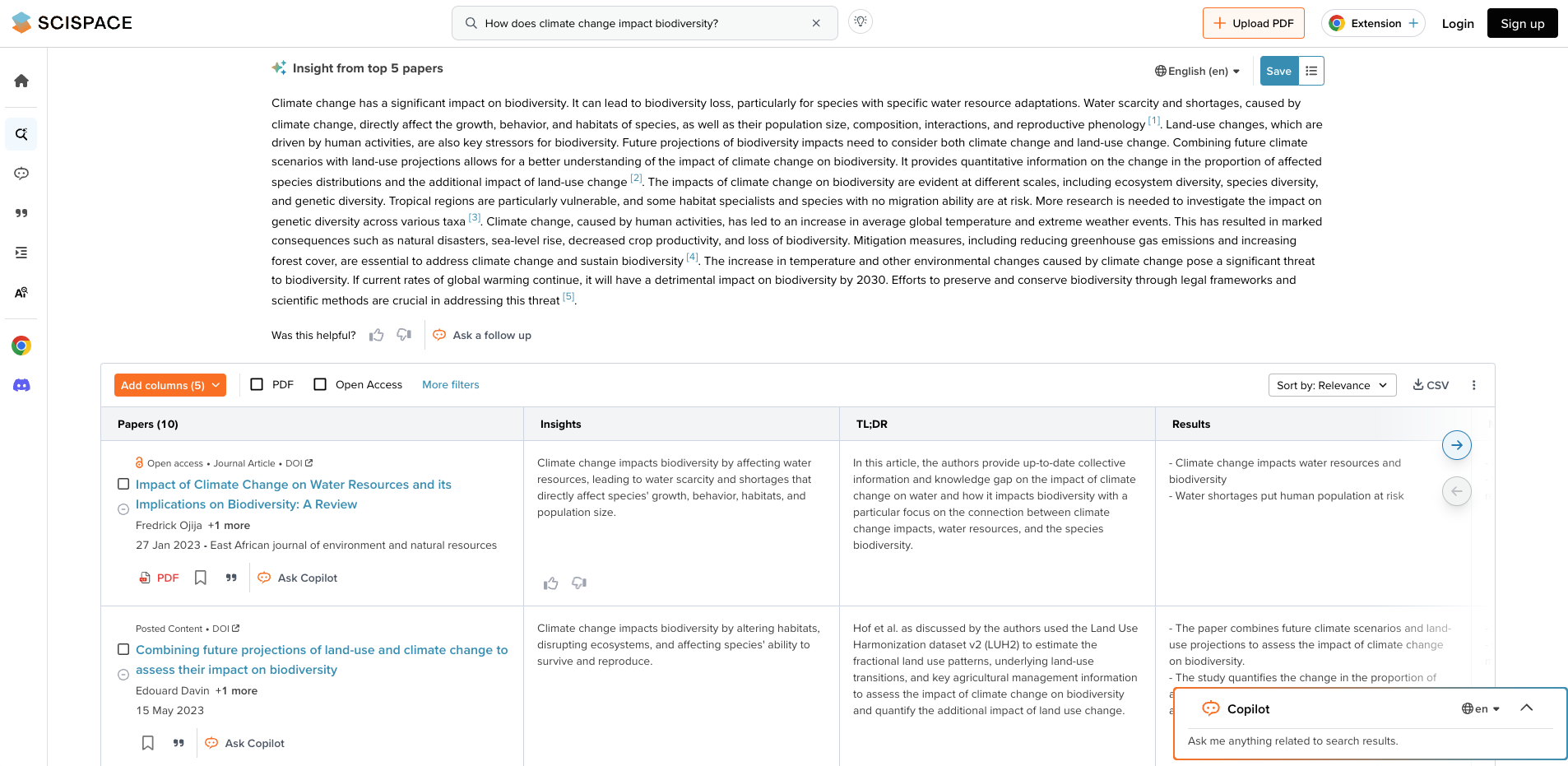
💡 Lesson idea:
- SciSpace makes academic publications more accessible to high school students. Be sure to let them use SciSpace on their next research project. Instruct them to use at least three academic papers as sources and have them explain their choices.
6. Summarize.tech

Enter the URL of a YouTube video on the Summarize.tech website, and within a few seconds, you’ll get a text summary of the video. We tested with our 40-minute BookWidgets video-tutorial for beginners and were impressed with the result!
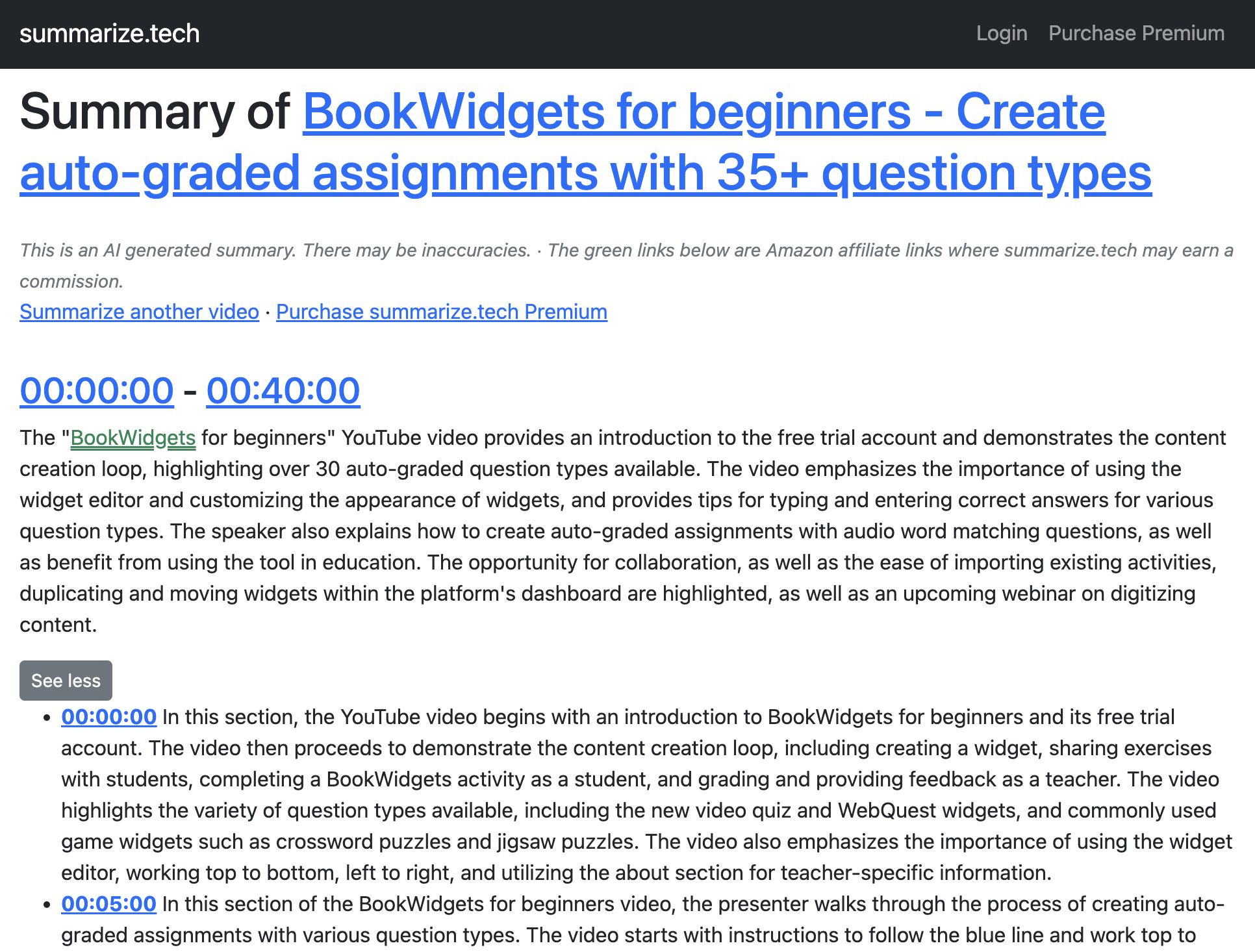
💡 Lesson ideas:
- Summarize.tech can help students with a research project. For example, they can quickly check if the content of a video is relevant to their research before they decide to watch the video as well.
- You can also ask students to create their own summary of a YouTube video and then have Summarize generate the summary of the same video. Classmates can read each other’s summaries and try to guess which version was generated by AI. They can also compare and review both summaries. In this way, the Summarize.tech can be a tool for learning to summarize.
7. Dynamic (by Fal.ai)

At the same time the hype around ChatGPT and other large language models (LLMs) started, we also discovered AI tools to generate images, such as DALL-E and Midjourney. The setup of these tools is relatively simple: provide a good description of the image you want to see (= the so-called prompt), and the AI will generate it. However, it is not always easy to express the image you have in your mind in a prompt. For that, Dynamic (by Fal.ai) offers a solution: you not only provide a prompt, but you also have a tool to create an outline. The image is generated based on the combination of the prompt and the outline.
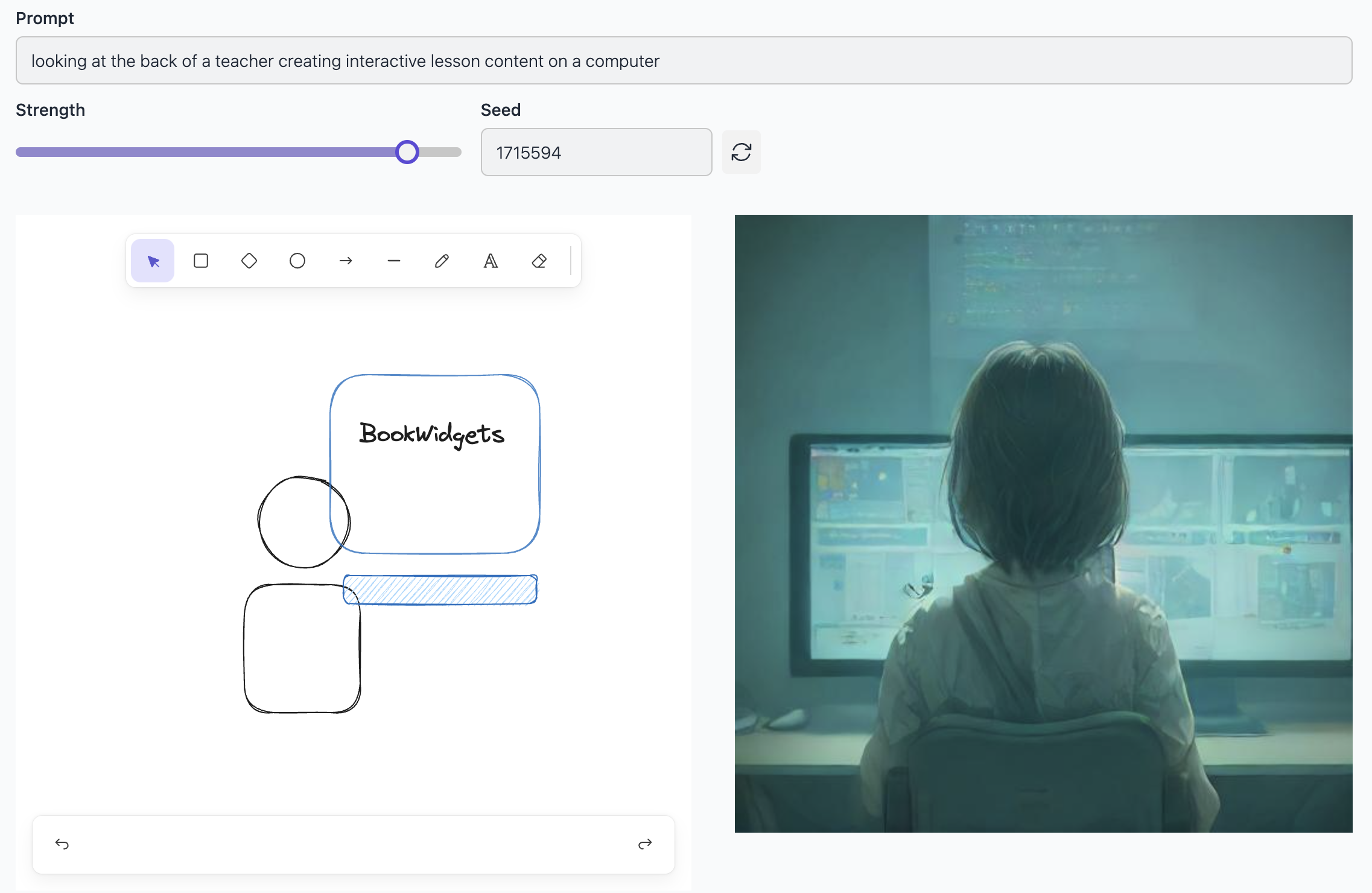
💡 Lesson ideas:
- In art classes, have students experiment with Dynamic and let them share their experiences. Start a class discussion around the topics such as “Can you make art with AI?” or “Is AI a threat to art?”;
- For technical subjects or projects: have students work out draft images of a product or project to be developed before they start working on it;
- In language classes, do a modern form of Pictionary: make sure the prompt is not visible, draw the outline and have students guess the prompt.
8. Curipod
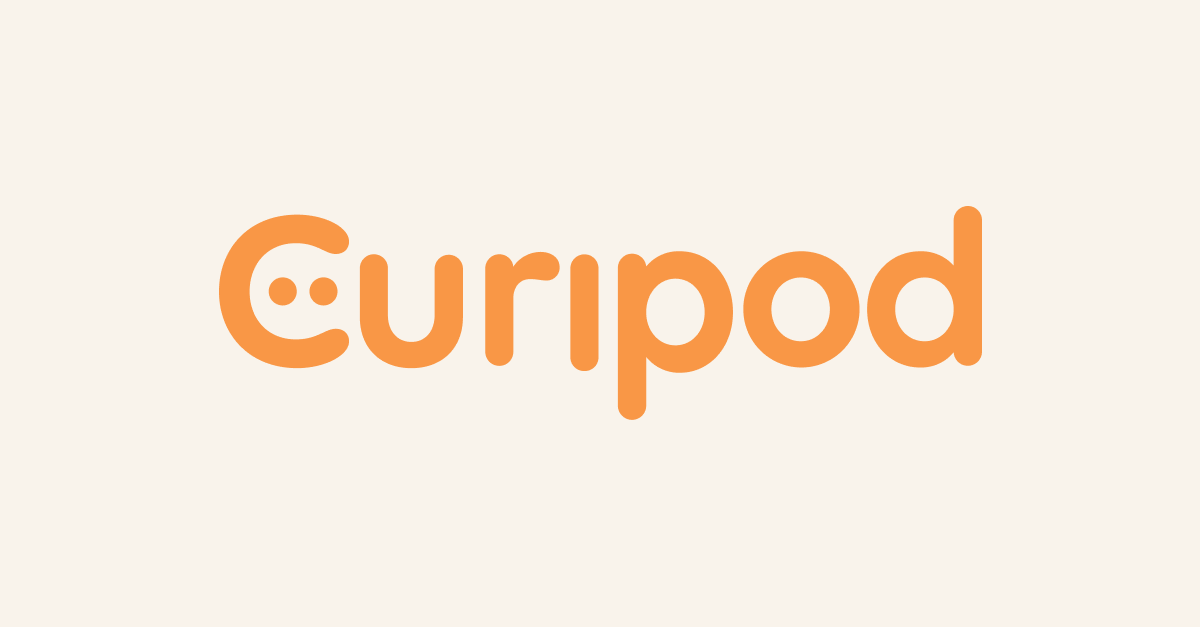
Imagine a Microsoft PowerPoint or Google Slides presentation with interactive questions like in a Kahoot and add some AI magic to generate the content: that’s Curipod! As a teacher, you can upload an existing presentation to have your slides Curified or create new interactive lesson content such as Multiple Choice questions, Exit tickets, and Polls. You can also generate a Full Lesson: here, you provide a lesson topic, the standards (optional), and the grade of your students. Curipod then generates an entire presentation. Of course, you can modify all the AI-generated content to customize the slides.
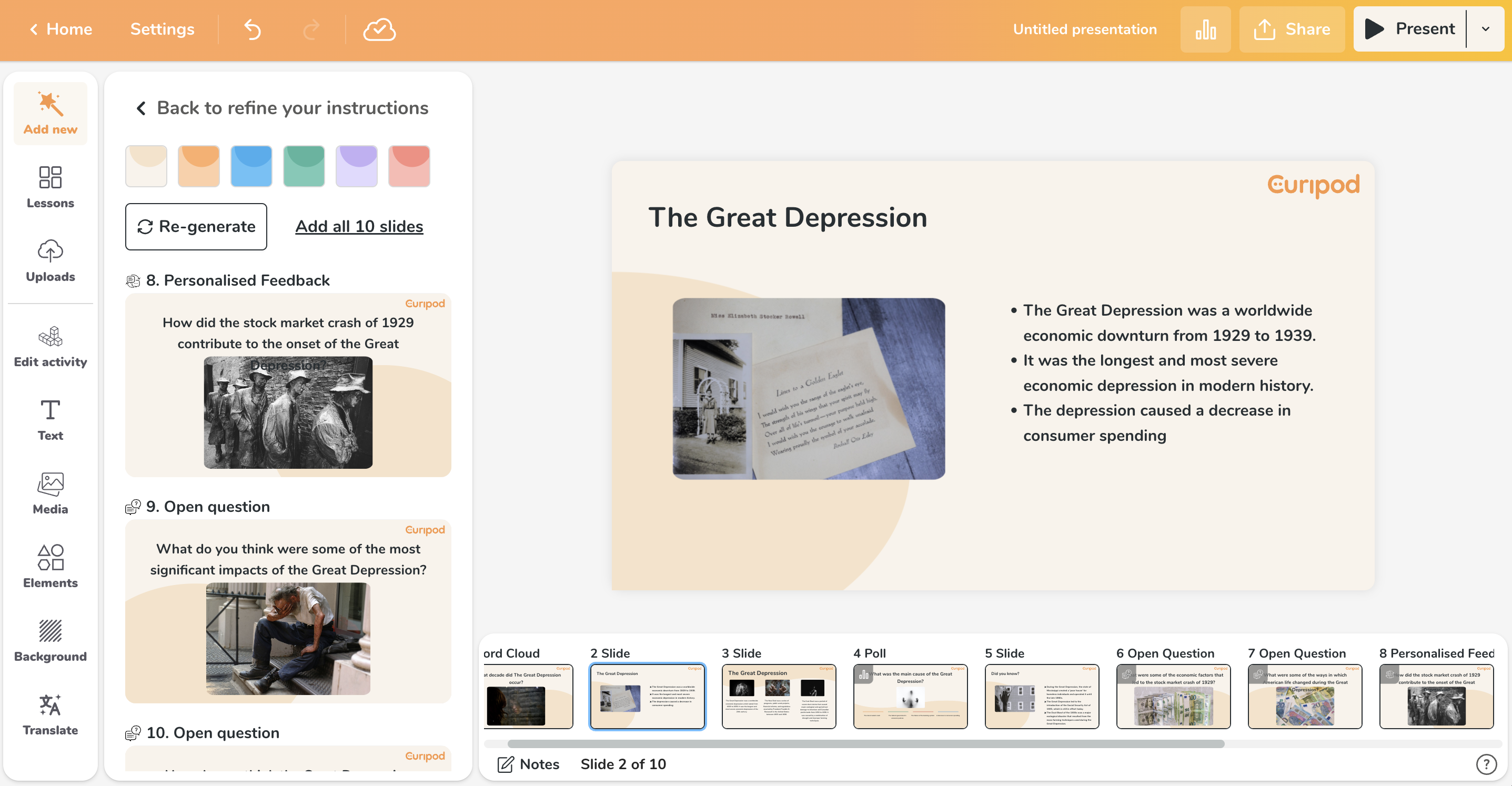
💡 Lesson ideas:
- Curipod’s interactive tools offer endless possibilities. You can use polls to start a class discussion, there are Exit tickets to test students’ understanding of the material, and you can even use Curipod for Social Emotional Learning (SEL). Just be careful not to get lost in the possibilities: use the interactive tools only when they really add value to your lesson.
9. Canva

While this list of AI tools includes mostly new apps, Canva is a tool that existed long before the breakthrough of generative AI. Canva is an online graphic design platform that allows users to create various visual content, including presentations, posters, social media graphics, documents, and other visual materials. Because of its extensive set of usable templates and its user-friendliness (Canva is much easier to operate than professional tools like Photoshop or Illustrator), Canva is hugely popular among teachers… and that popularity could well increase thanks to the AI tools now integrated into Canva. I invite all teachers to play with the AI tools found in Canva’s app Library, such as DALL-E, Imagen, and Magic Media. The latter in particular, produces fun results, as you can see in the screenshot below. And it doesn’t stop at generating images; you can also further edit them with Canva’s standard editor tools, as well as new, AI-based tools such as a Background remover, Magic eraser, and Magic Expand.

💡 Lesson ideas:
- Canva offers endless possibilities for teachers. With the integration of its AI tools, it becomes even easier to develop your own visual content. For more lesson ideas with Canva, be sure to read this blog post.
10. Podsqueeze

Podsqueeze is an AI-powered tool designed for both creators and listeners of podcasts. Within a few minutes, Podsqueeze generates the transcript for an entire Podcast episode. Based on this transcript, the app also generates Show Notes, Links & mentions, Keywords, Bullet Points, Quotes, and more. I’ve tested the tool with Episode 145 from The Shake up Learning Show with Kasey Bell and was impressed by the result. Besides all the downloadable content, Podsqueeze also provides an online landing page.
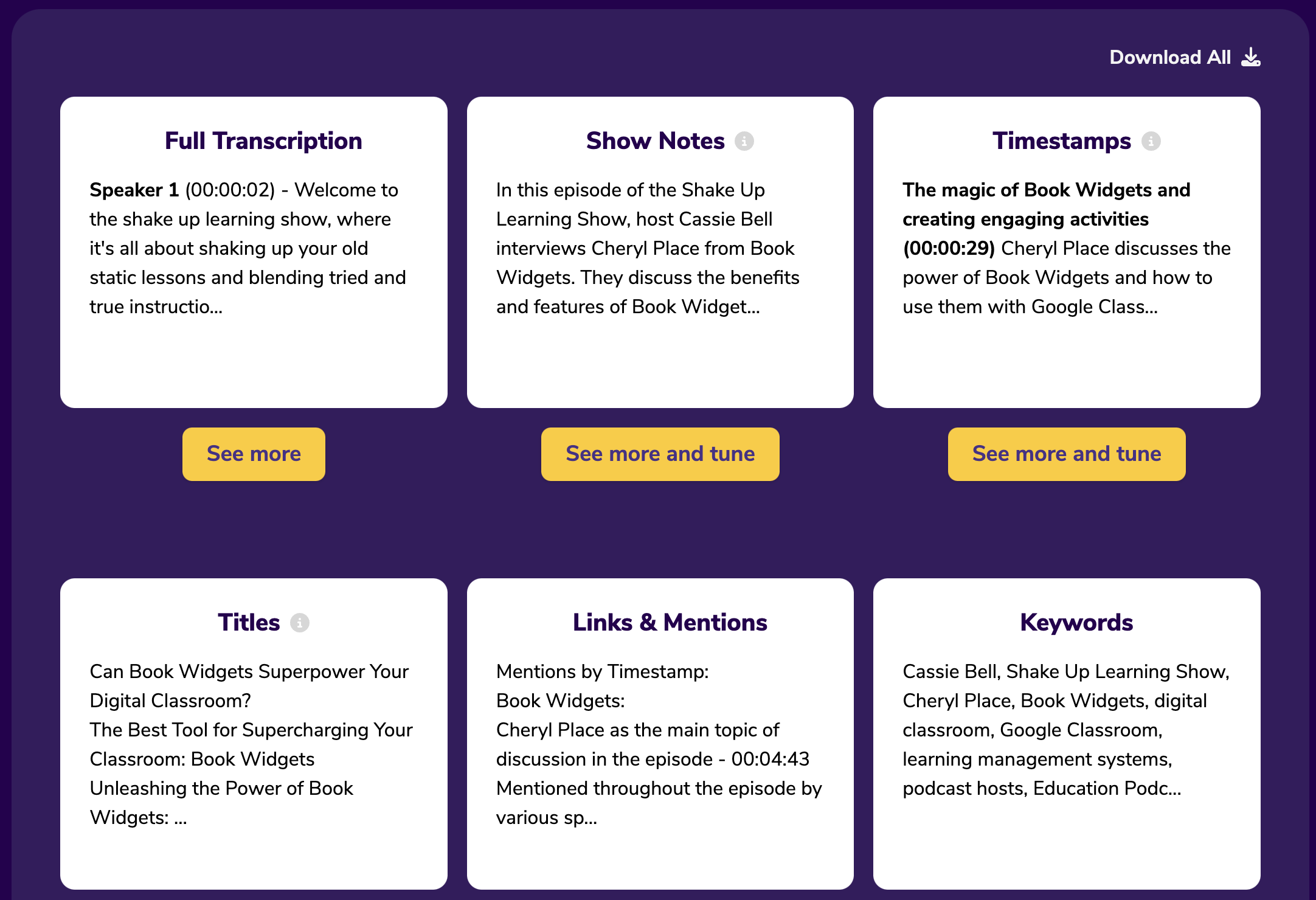
💡 Lesson ideas:
- Read our previous blog posts to discover 7 lesson ideas with Podcasts. Add the AI magic to these lesson activities to make them even ore powerfull.
- If you have students who have hearing difficulties, Podsqueeze is a very rewarding tool to help them discover Podcasts as well.
- When your school has a podcast project, where students make their own podcast, Podsqueeze is a very helpful tool for creating the shownotes and for promoting the podcast.
11. Supermeme
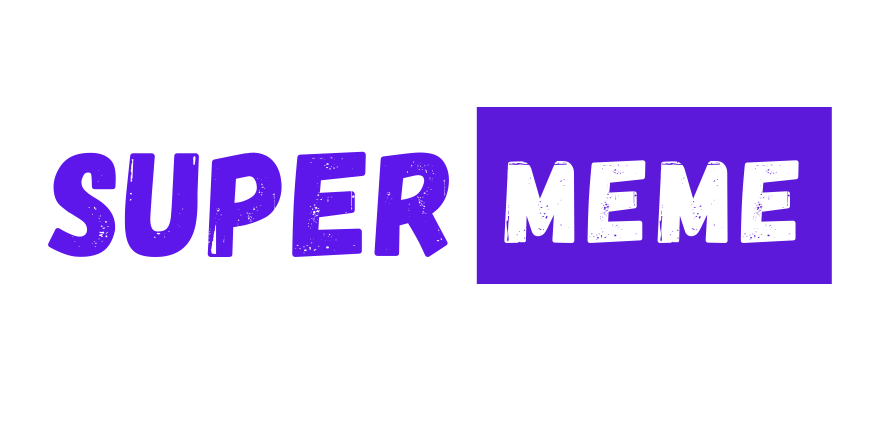
In this previous blog posts, we’ve presented how memes can make lessons interesting. The website Supermeme has a text-to-meme generator. Enter an idea, a concept, a thought, or a frustration, and different memes will be generated automatically.
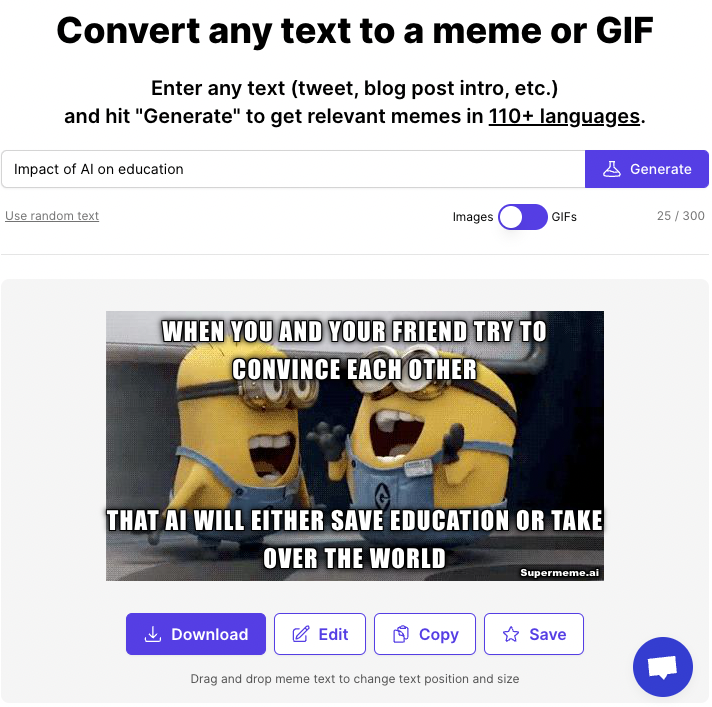
💡 Lesson ideas:
- Read our previous blog posts to learn how memes can be used in many ways to make lessons more engaging and fun.
- Ask your students to create some memes themselves and some other memes with Supermeme. Then, have their classmates guess which ones were AI-generated and which weren’t.
Wrap up
Wow, I am completely impressed with all these AI applications and see numerous opportunities to explore them with students. I am very curious to see what other tools will come our way in the near future.
Have you already tested some of these tools with your students? Do you know of any other AI tools we should add to this list? Or do you have any critical concerns? Share your thoughts and experiences with us via X (Twitter) or in our Facebook group.
If you want to talk to me directly about AI in education, let’s connect on Linkedin.
